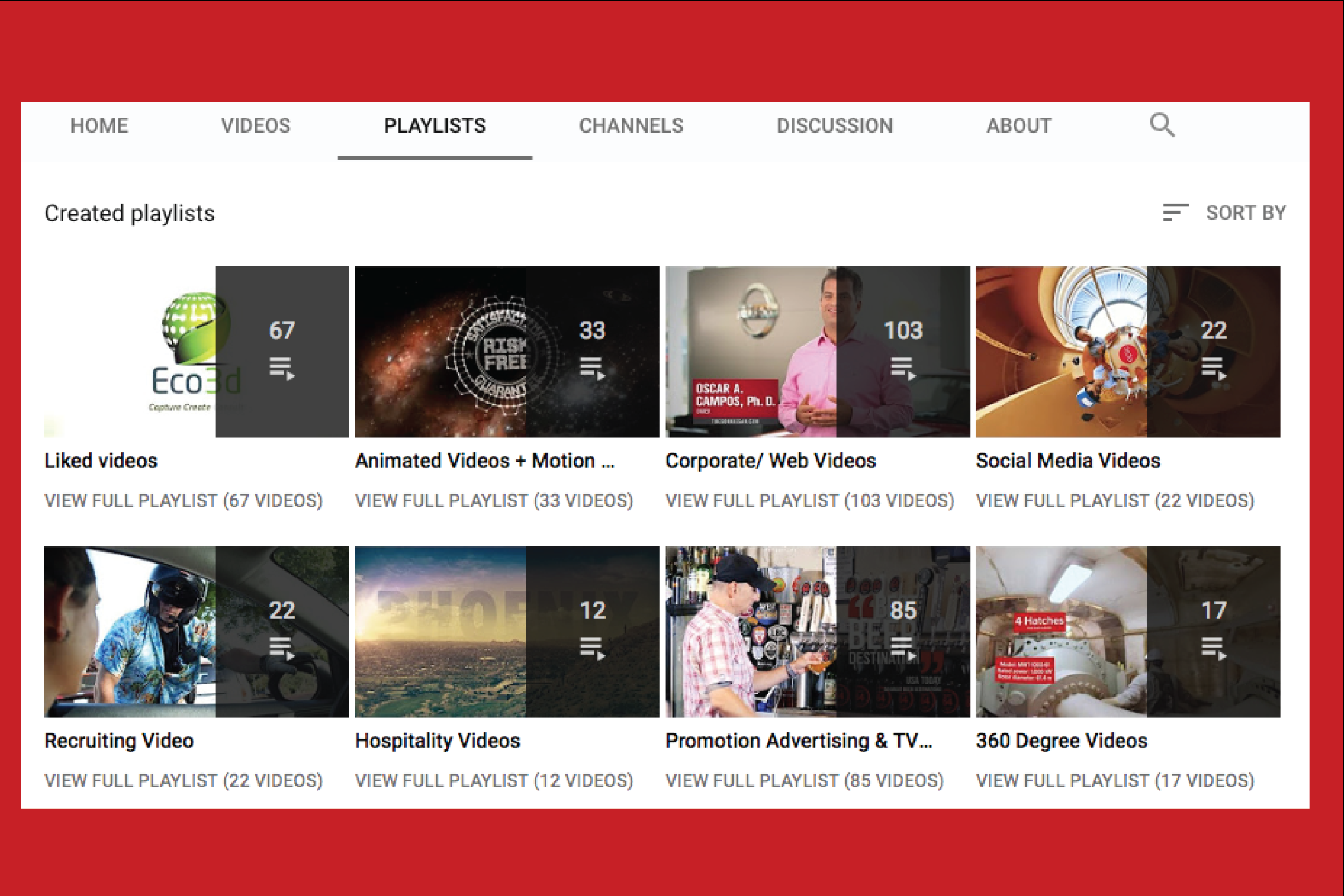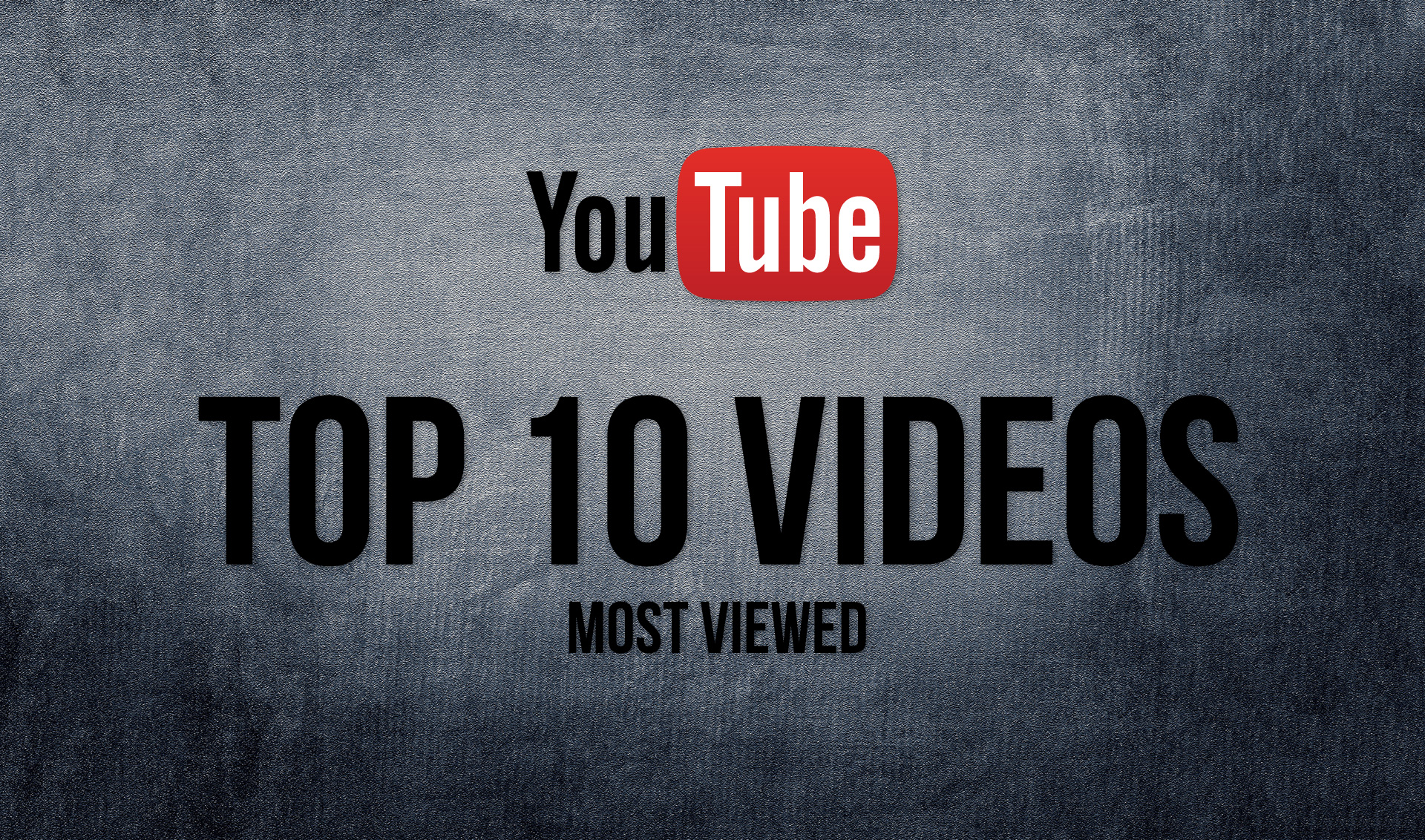YouTube has become a powerhouse of content, offering diverse videos catering to various interests and preferences. As content creators navigate the dynamic landscape of the platform, they often find themselves pondering a crucial question: What holds more weight, YouTube views or watch time? To enhance their channel’s growth, some creators opt to buy YouTube views to get more subscribers, seeing this as a strategy to initially boost their visibility. In this article, we’ll delve into the nuances of these metrics, including the impact of purchasing views, to understand their significance and impact on a creator’s success.
The Significance of YouTube Views
YouTube views are the most visible metric, displayed prominently on every video. They represent the number of times a video has been watched, providing a quick measure of its popularity. Creators often focus on increasing views as it contributes to the overall visibility and reach of their content. However, the question arises: Is it enough to prioritize views, or is there more to the equation?

When considering the importance of views, it’s essential to recognize that they serve as an initial indicator of a video’s appeal. Higher view counts can attract more viewers organically, creating a snowball effect. While this approach might boost numbers, the real challenge lies in retaining and keeping those viewers engaged.
Understanding Watch Time’s Role
On the other hand, watch time measures the total time viewers spend watching a video. YouTube’s algorithm considers watch time a critical factor in ranking videos and recommending content. In essence, it reflects the depth of engagement with the audience. A higher watch time signals that viewers find the content compelling enough to watch for an extended period.
Creators aiming for long-term success often prioritize watch time as it aligns with YouTube’s goal of keeping users on the platform. The algorithm rewards videos that captivate audiences, leading to increased visibility and the potential for more subscribers. Unlike views, watch time provides a more nuanced understanding of how well a video resonates with the audience.
Striking a Balance
While the debate between YouTube views and watch time persists, striking a balance between the two is key. A video with a high view count but low watch time may not sustain its popularity in the long run. Conversely, a video with substantial watch time but low views might need help attracting new viewers. Successful creators often aim for a synergy between the two metrics, creating content that captures and holds attention.

Creators should focus on crafting engaging content that encourages viewers to stay and watch, driving up both views and watch time. This approach not only pleases the algorithm but also cultivates a dedicated audience base.
Quality Over Quantity
In the grand scheme of YouTube success, quality always takes precedence over quantity. A video with a lower view count but high watch time can outperform a video with more views but minimal engagement. Creators should prioritize creating valuable, entertaining, and informative content that resonates with their target audience.
In conclusion, the debate over YouTube views vs. watch time is not a binary choice. Both metrics play integral roles in a video’s performance on the platform. Creators must navigate this landscape strategically, understanding that the combination of high-quality content, substantial views, and impressive watch time is the recipe for sustained success on YouTube.

